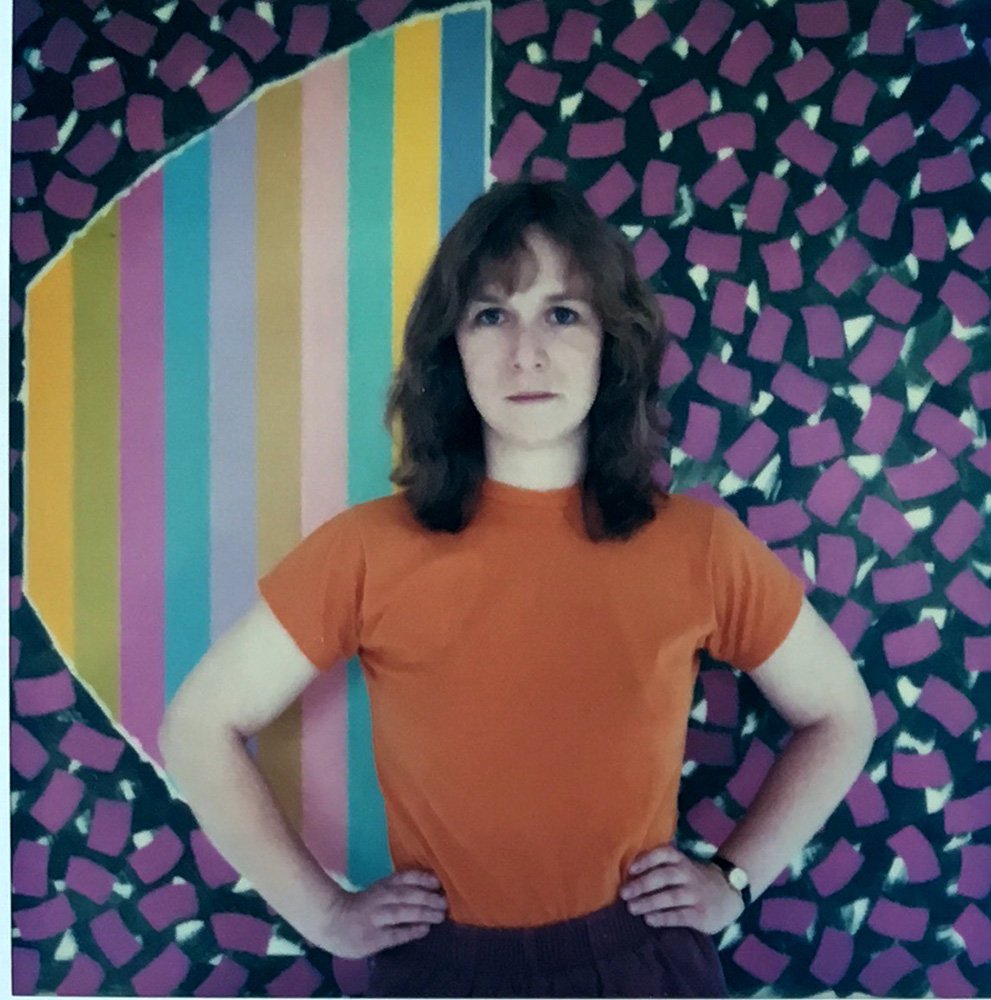EARLY DRAWINGS
Drawing is the artist’s most direct and spontaneous expression, a species of writing: it reveals, better than does painting, his true personality.
— Edgar Degas

The drawings I started doing in the early 1980s, began out of necessity. During a relentless Arctic weather pattern, I could not heat my studio. It was so cold even the gas in my car froze.
Out of desperation, I set up a place to work next to my wood stove in my apartment. I had just enough space to do small work on paper.
I don't know how I came up with the idea, but at some point, I contrived what I later called a “key.” It was lines that I put in the center of the drawing that consisted of primary colors, secondary colors, and black, white, and gray. It had ruled edges and non-rule edges, straight lines, and curves. It embodied all the elements needed to make a painting.
The “key” was an anchor. Around this anchor, I proceeded to add the kitchen sink. It allowed me to explore with both an anchor and a nonspecific destination. One drawing suggested another.
If I'm not mistaken, they may have been inspired by an exhibition of shaped works by Frank Stella. It seems commonplace now, but when he put shaped canvases on the wall, it was as radical as the change from academic painting to Impressionism or from Picasso to Pollock. Stella had blown up the picture plane. It was one of those moments when you felt the ground shift from beneath your feet.
Over time, the drawings continued to explore painting ideas, whether it was about color, the use of form, or, eventually, as a means to take a deep dive into a specific painting by Matisse. (I'll save that for another time.)
These drawings took me places in my work. They also took me places in the world. They spurred a collaboration with Pulitzer Prize-winning composer Henry Brant that was performed at the Holland Festival. As I quoted before: “Even the largest avalanche is triggered by small things.”
A SELECTION OF EARLY DRAWINGS
THE EVOLUTION OF THE EARLY DRAWINGS
STUDIO NOTES
Ever the fashion plate, here I am in my DVD T-shirt and some hideous maroon pants. I always preferred to sink my money into materials, not clothes.
Circle painting at top is from the 1980s, then some recent paintings I did after I went through the early drawings. Two drawings from the '80s at the bottom.
Making sure these drawings have been entered into the inventory. They are all cleaned and ready to be rehung.
The early drawing had many influences, but Frank Stella stands out. I made many permutations in my drawings and then created some in paintings.
The lower work by Stella is dimensional, parts of it push off the surface. My painting, while shaped, remains flat.
Some of the pastels.
Another shaped painting. Once I started to make drawings in shapes, it was bound to come out in the paintings.
Private Collection, New York.
I still have this one.
I made some paintings based on the pastels. I used a wax medium concocted by the New York art supplier David Davis.
Private Collection, Boston.




























